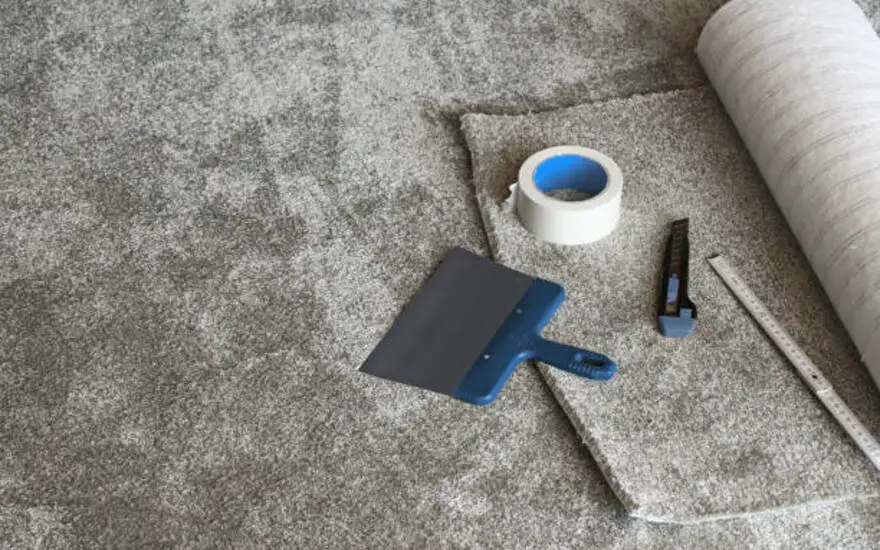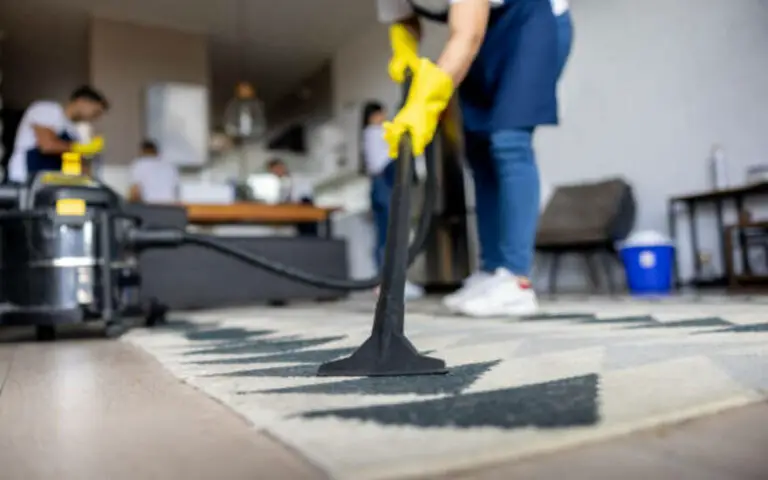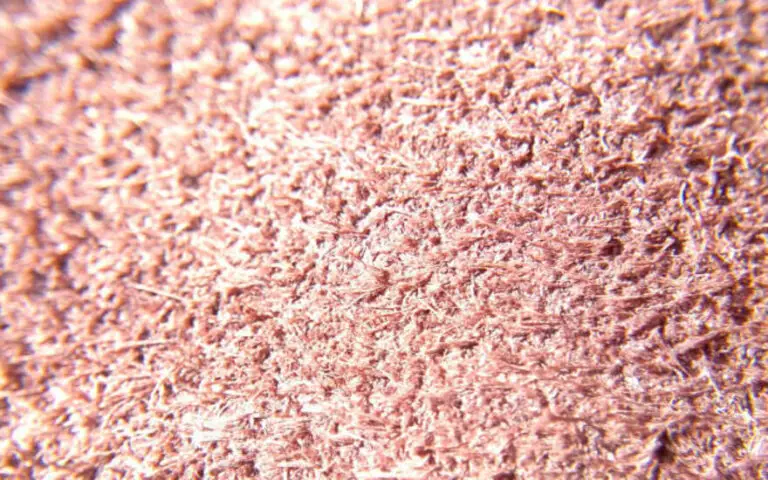Carpet runners are an attractive option that will instantly transform any space. This blog post, stylish provides all the information you need about carpet runners before purchasing.

What Is Carpet Runner?
Carpet runners are a great way to add a touch of style and practicality to your home. They are long, narrow rugs perfect for hallways, galley kitchens, or other areas of the house where space is limited. They come in various materials, such as sisal, cotton, synthetic, and velvet, so you can choose the one that best fits your space.
Installing a carpet runner is relatively easy if you have the right tools. You will first need to prepare the floor for installation and then measure and cut the runner. Once done, you can attach the runner to the bottom and secure the edges. Finally, you must measure the carpet runner to fit perfectly and look good in your space.
Types of Carpet Runners
When it comes to carpet runners, there are a variety of material options available. For example, sisal runners are made from natural fibers and are often considered a more eco-friendly option. Cotton runners are soft and comfortable but may not be as durable as other materials.
1. Sisal Runners
Sisal runners are an excellent option for a timeless and versatile design element. Made from the agave plant, these runners are lightweight and highly durable. They take dye well, so you can easily customize the color of your runner to match the existing decor in your home.
Sisal runners come in various widths and can be made to measure your exact needs, so you can ensure that your staircases and hallways look perfect. Installing a sisal runner also increases safety, dampens noise, protects wood flooring, and cushions your feet with every step.
2. Cotton Runners
Cotton runners are an excellent choice for stairwells and hallways because of their lightweight and flexible weave. They can be quickly wrapped around bullnoses and risers, making them an excellent choice for various surfaces. They come in many colors, so you can find the perfect shade to match your home’s decor.
Cotton runners also have a narrow binding in color closest to the rug’s background color, giving it an extra polished look. To complete the look, you can even get rods to attach at the back of the stair where the riser meets the tread. You can get that classic look with cotton runners without sacrificing comfort and durability.
3. Synthetic Runners
Synthetic runners are an excellent choice for any staircase project. They are lightweight, easy to clean, and can handle heavy foot traffic. They come in various colors and styles, making finding something that fits your decor easy. Installing a synthetic runner is also easy, as the material is more flexible than wool or other natural materials. Pet runners are the way to go if you’re looking for an affordable and durable staircase option.
4. Velvet Runners
Velvet runners are an excellent choice for adding an extra touch of luxury and style to your stairs. Rich and soft to the touch, they make a stunning statement in any home. Made from premium polypropylene and acrylic patterned carpet, velvet runners are designed to help you and your family navigate slippery stairs with added confidence.
They come in bold and subtle colors, making finding the perfect one to match your decor easy. Installing a velvet runner can be pretty simple; measure the length of your stairs accurately before cutting and attaching the runner. With a little effort, you can transform your stairs into an elegant focal point.
How to Install a Carpet Runner?
Once you have chosen the carpet runner you want for your stairs, you can begin preparing for installation. This process includes ensuring the stairs are clean and free of dust and debris and measuring and cutting the runner to size.
1. Preparing the Floor for Installation
Before installing a carpet runner, it’s essential to ensure the surface you’ll be working on is prepared for the task. This includes filling in indentations or cracks with epoxy or bonding primer and using a grinder to ensure the surface is level.
Additionally, you’ll need to gather all the required materials, such as a measuring tape, sharpie or pencil, carpet padding, and the stair runner itself. You can begin installing your stair runner with ready materials and your floor prepped.
2. Measuring and Cutting the Runner
Once you have determined the size of your carpet runner and purchased your carpet, it’s time to measure and cut it. Start by measuring the tread and riser of a single step and then count the number of steps. Then, cut a strip of double-sided carpet tape slightly shorter than the width of the carpet runner. Lay each piece in place and secure it with the video.
Ensure the measurements are equal and the carpet pad is centered underneath. Finally, mark the cut line on the site about .5 inches from the front of the stair tread. After all,, this is done, your carpet runner installation is nearly complete!
3. Attaching the Runner to the Floor
Once your carpet runner is cut to size, you can begin attaching it to the floor. You can use double-sided carpet tape or staples to secure the runner. Place nails about three inches apart and ensure they are completely flush with the floor if you’re using nails.
If you’re using tape, ensure the adhesive side is facing up and line it up with the edge of the stairs. Once in place, press down firmly along the entire length of the runner. Make sure that all areas have been secured before continuing.
4. Securing the Runner Edges
Once the runner is in place, you must secure the edges to ensure it stays put. This can be done by using double-sided carpet tape, staples, or tacks. Press down firmly on each runner’s edge to ensure a secure bond.
Additionally, if you’re using a rod bracket system, use screws to attach the brackets and ensure they are firmly in place. This will ensure that your runner is securely attached and won’t move. Finally, if you’re using a stair tread system, ensure that each piece of padding is secured with screws or nails and that each part fits snugly against the treads.
By taking these steps, you can be confident that your carpet runner will be securely in place for years.
How to Measure for a Carpet Runner?
Measuring for a carpet runner is pretty simple but is also essential in ensuring your runner looks and functions properly. Before you begin counting, you should check the width of your staircase and the height of your risers. Once you have this information, you can measure the length of each tread and riser with a measuring tape.
To make sure that your measurements are accurate, be sure to measure twice to double-check your results. After you have all of the correct sizes, it’s time to cut the runner to fit the staircase. It’s essential to leave a few inches of extra fabric so that you can make any necessary adjustments before attaching the runner to the floor.
Finally, attach the runner and secure it with tack strips or glue to keep it in place. With careful planning and measuring, it’s easy to get perfect results with a carpet runner.
Summary
In conclusion, carpet runners are a great way to add warmth, style, and comfort to your home. Many carpet runners are available, including sisal, cotton, synthetic and velvet runners. When installing a carpet runner, it is essential to properly prepare the floor and measure and cut the runner correctly. Additionally, it is necessary to secure the runner’s edges to ensure a safe and comfortable experience. With these steps in mind, you can easily install a carpet runner in your home and enjoy its beauty for years!





